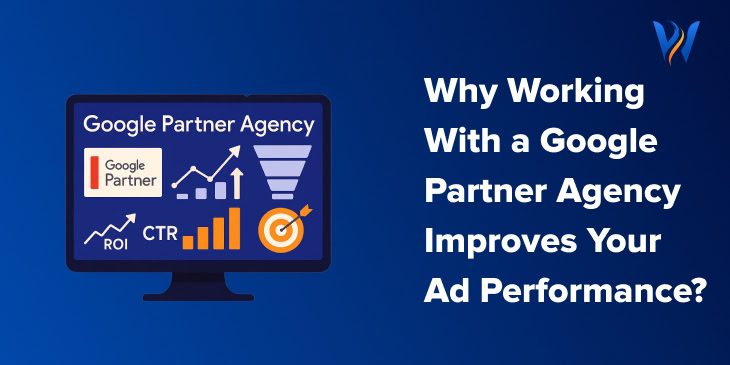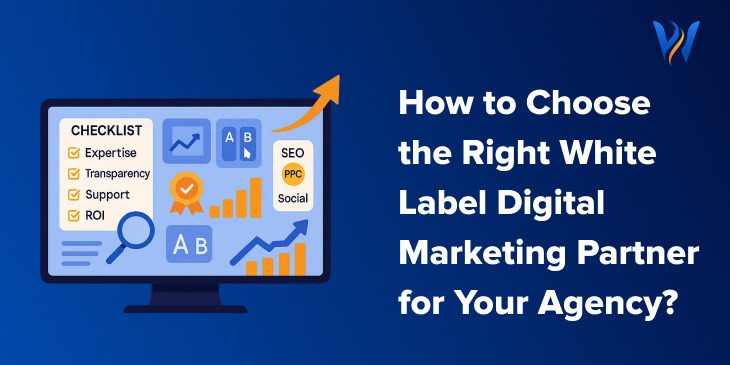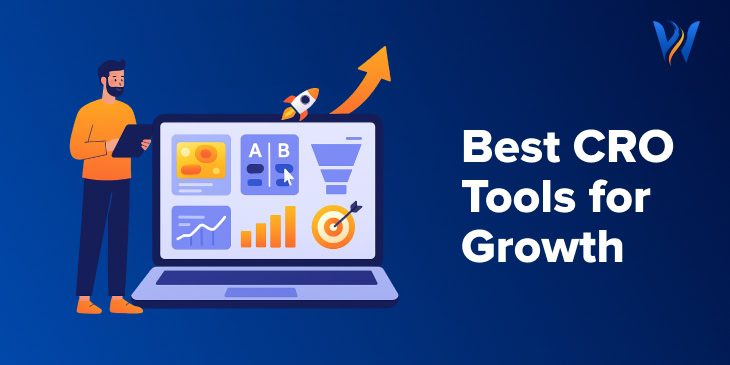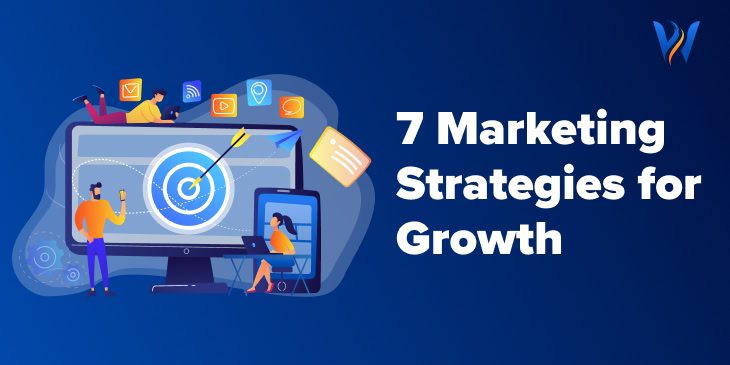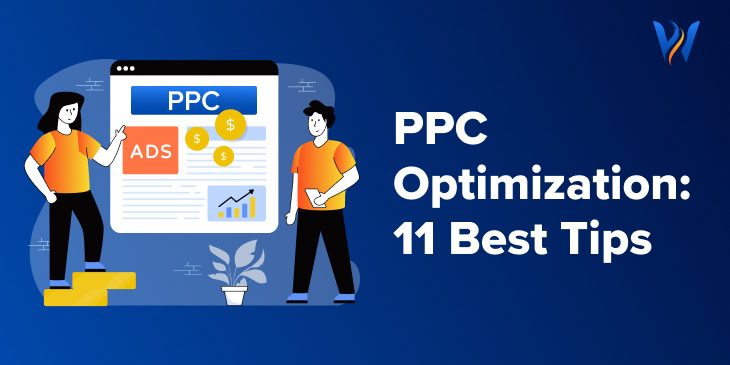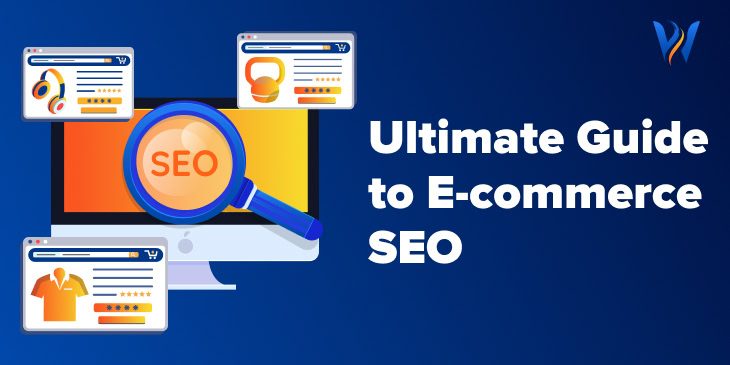The way people search for information is changing fast. You’ve probably noticed AI-powered answers showing up right alongside regular search results. These answers often come from large language models, which can read and summarize a lot of online content very quickly.
At the same time, classic search engines are still the main way people find information. To stay visible in both spaces, we need to learn how to make content work well for both LLM SEO and traditional search.
That’s what makes learning how to optimize content for LLMs and traditional search together so important today.
What’s Different About Search Today?
Search isn’t one thing anymore. It’s a mix of two main paths people use to find answers:
- Traditional Search Engines – These are tools like Google and Bing that list websites based on keywords, links, and other ranking signals.
- AI-Powered Search – This includes systems like Google’s AI Overviews or Bing Copilot that use LLM search to pull answers from multiple sources and present them right in the results.
The “LLM” Part – The LLM full form is “Large Language Model.” These models are built with advanced math and language rules so they can understand questions, read large amounts of text, and write clear answers. In the LLM vs generative AI conversation, LLMs focus on understanding and creating text, while generative AI can also make images, music, and more.
Why This Matters for Websites
- People might read an AI summary and never click to your site.
- Some AI results still link to sources, which means you can get traffic if your content is chosen.
- Traditional search still sends a lot of visitors to sites that rank high.
Key Differences in How They Work
- Traditional SEO cares about things like page speed, title tags, and link authority.
- LLM SEO involves making content clear, structured, and easy for AI systems to understand.
- In NLP vs LLM, NLP (Natural Language Processing) focuses on processing text, while LLMs are built on top of NLP concepts to generate new text.
Example:
A guide on “best running shoes” might show up as a top search result in Google, but also get quoted in an AI Overview. To get both, you need to balance keyword use for search engines and structured, clear answers for AI.
Understanding these shifts is the first step before we move into why it’s worth targeting both.
Want expert help making your content work for both AI and search? The team at Web India Inc. can guide you.
Why Content Needs to Work for Both LLMs and Search Engines
If you publish online, you want as many people as possible to find your content. That means appearing in both AI-generated answers and regular search results. This doesn’t revolve around only traffic—it’s also about trust and visibility.
Why Both Matter
- Some users only trust answers they can read in the AI box.
- Others still prefer to click and explore full articles.
- Many people use both methods in the same search session.
Fun fact: A recent study found that 77% of companies are using or testing AI, and 83% list it as a top business priority.
How LLMs Pick Content
In the generative AI vs LLM debate, generative AI can create many types of content, but LLMs are tuned to read and summarize existing text. They look for:
- Clear answers early in the content
- Lists, steps, and facts that can be quoted
- Reliable sources and accurate data
How Search Engines Pick Content
Search engines still focus on:
- Keyword match and search intent
- Site authority and backlinks
- Technical SEO factors
Where They Overlap
- Both want trustworthy, easy-to-read content.
- Both prefer pages that are updated often.
- Both work better with structured headings and clear formatting.
Example:
If you run a cooking site, a recipe post could get clicks from search and citations from AI if it starts with a short, clear recipe summary, then shows step-by-step instructions.
This overlap is why smart site owners now think in terms of LLM optimization as part of their SEO plan. We want to design pages that make sense to both human readers and AI systems.
If you want to reach users in both AI answers and search results, Web India Inc. has strategies that work.
The Challenge: Same Goal, Different Rules
Both LLMs and search engines aim to give the best answer to the user. But they work differently—and that’s where the challenge comes in.
Different Data Use
- Search engines crawl billions of pages and decide which ones rank.
- LLMs read and “train” on huge text datasets, then generate new sentences based on the question.
In large language models vs generative AI, LLMs are a type of generative AI, but they’re built specifically for text understanding and creation.
Different Signals
- Search engines value links, technical structure, and keyword use.
- LLMs value clarity, context, and consistent facts.
Same User Expectations
- People want fast, accurate, and clear answers.
- They want to feel confident the source is credible.
The CRO Connection
To bridge both worlds, using CRO tools (Conversion Rate Optimization) helps you not only get found but also make sure visitors take action once they arrive. This is critical if fewer people click on AI summaries.
Example:
Imagine a tech blog post on “how to speed up Wi-Fi.” A search engine might rank it for a specific keyword phrase, while an AI might quote the three fastest fixes from the post. The layout and clarity will affect both.
So, the challenge is balancing these rules. You need to meet search engine algorithms and also feed LLMs exactly what they can use.
Web India Inc. can create a plan that balances both sets of rules—so you never miss an audience.
How to Optimize Content for LLMs and Traditional Search Together
If you want your content to shine in both AI-powered answers and traditional search results, you need a plan that speaks to both systems at the same time. It’s like preparing for two different interviews—you have to understand what each one values, and then make sure your answers fit both.
Below is a step-by-step approach to LLM SEO that blends the needs of search engine algorithms with the way large language models choose and use content.
1. Start With a Clear, Direct Answer Up Front
Both search engines and AI models love a page that gets to the point fast. In the first few sentences of your article, give a direct answer or summary of the topic. This helps a search engine understand what your page is about. It also helps an AI pick the exact text it can use to answer a user’s question.
Example:
If your topic is “How to clean stainless steel pans,” start with a short, specific sentence:
“To clean stainless steel pans, scrub them with baking soda and hot water, then rinse and dry.”
This way, a search snippet might show that line, and an AI summary could quote it directly.
2. Organize Content in a Logical Way
A clear structure makes your page easier to scan. It also helps both AI and traditional search engines figure out the flow of ideas.
Use:
- Headings and subheadings that describe the section
- Short paragraphs with one main idea
- Bullet points for lists or steps
An LLM, in the LLM vs generative AI discussion, benefits from structured headings because it can “see” exactly where answers are on the page. Traditional search crawlers use headings to understand topic hierarchy, so both win.
3. Use Keywords Naturally
Search engines still rely on keywords to match content with user searches. But AI models also use them to confirm the topic’s focus.
- Place your main keyword in the title, early in the intro, and in a few headings.
- Use variations of your keyword in the body text to give context.
In NLP vs LLM, NLP tools often analyze keyword context to determine meaning, while LLMs use those words as anchors to connect related ideas.
4. Add “Fact Blocks” and Data Points
AI models love short, self-contained facts they can pull into an answer. These are sentences that state one clear piece of information, often backed by a trusted source.
Example:
- “The LLM full form is Large Language Model.”
- “Most AI search tools were trained on data available before 2024.”
These small pieces of text help in LLM search because they are easy for an AI to extract. Search engines also value them for rich snippets.
5. Optimize for Readability
Both AI and human readers respond well to simple, clear writing. That means:
- Use short sentences most of the time
- Keep paragraphs between two to four sentences
- Avoid long, complex words when a shorter one works
In the generative AI vs LLM space, LLMs do a better job pulling and rewording content when the text is already clear and well-structured.
6. Keep Information Fresh and Updated
Traditional search engines reward content that stays up to date. AI models also prefer citing current information, especially in areas where facts change quickly.
How to stay fresh:
- Review key pages every 3–6 months
- Update dates, examples, and statistics
- Resubmit updated pages through the search engine webmaster tools
This matters because some AI systems combine older training data with fresh search results to answer questions.
7. Link to Reliable Sources
Both search and AI look for signs of trust. Linking to credible sources shows that your content is backed by evidence.
- Use .gov, .edu, or recognized industry sources where possible
- Link to original studies, official guidelines, or expert organizations
In the large language models vs generative AI discussion, LLMs tend to value factual accuracy more when the source is trusted and well-known online.
8. Use Mixed Formats
Search engines like to rank pages that engage users for longer. AI models prefer content that’s easy to interpret in different formats.
Try adding:
- Short videos with captions
- Clear tables with comparisons
- Step-by-step images or diagrams
This mixed content helps keep users on your page (good for SEO) and gives AI more ways to present your information accurately.
9. Build Topic Authority
In both AI and traditional search, the sites that appear most often are the ones seen as experts on a topic.
You can build authority by:
- Publishing multiple pages around the same theme
- Linking those pages together in a logical way
- Keeping information consistent across your site
Over time, this helps your domain be recognized as a go-to source in both regular search and AI-generated responses.
10. Balance for Both Worlds
The challenge of optimizing for AI and search together is knowing where their needs overlap and where they differ.
Overlap includes:
- Clear structure
- Accurate, updated content
- Easy readability
Differences include:
- Search engines still rely heavily on keyword targeting
- AI models need short, clear fact statements for direct use
By focusing on shared goals first, you build a foundation that works for both. Then you can fine-tune for each separately.
11. Track and Adjust
Once you apply these steps, measure what’s working.
- For traditional search: Check your keyword rankings, click-through rates, and top pages in Google Search Console.
- For AI visibility: Monitor referral traffic from AI-driven platforms and see which pages are quoted.
Small changes—like rephrasing a heading or moving a fact block higher—can help you appear in more AI answers without hurting your search ranking.
Optimizing for AI-powered search doesn’t mean forgetting about human readers. It means blending human-friendly writing with machine-friendly structure. The combination helps you stay visible, trustworthy, and valuable wherever people search for answers—on Google, Bing, or through AI assistants.
When you approach LLM SEO this way, you give your content the best chance to appear in both AI summaries and high on search engine results. By understanding how these systems read and rank information—and by using smart formatting, clear answers, and reliable facts—you’re ready to compete in today’s evolving search world.
Conclusion
Search is evolving, and your content strategy should evolve with it. LLMs and search engines both play big roles in how people find answers online.
By understanding the rules of both LLM SEO and search engines, and finding the shared ground between them, you can keep your site visible and useful in both spaces.
The work you put into making content clear, structured, and trustworthy will pay off in reach and results.
Looking to get your content working smarter? Talk to the team at Web India Inc. today.


